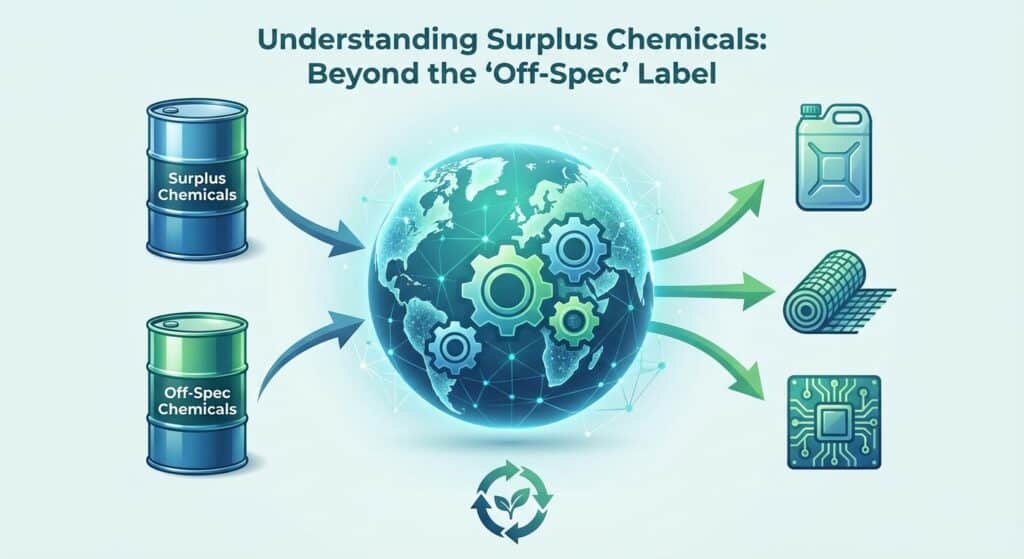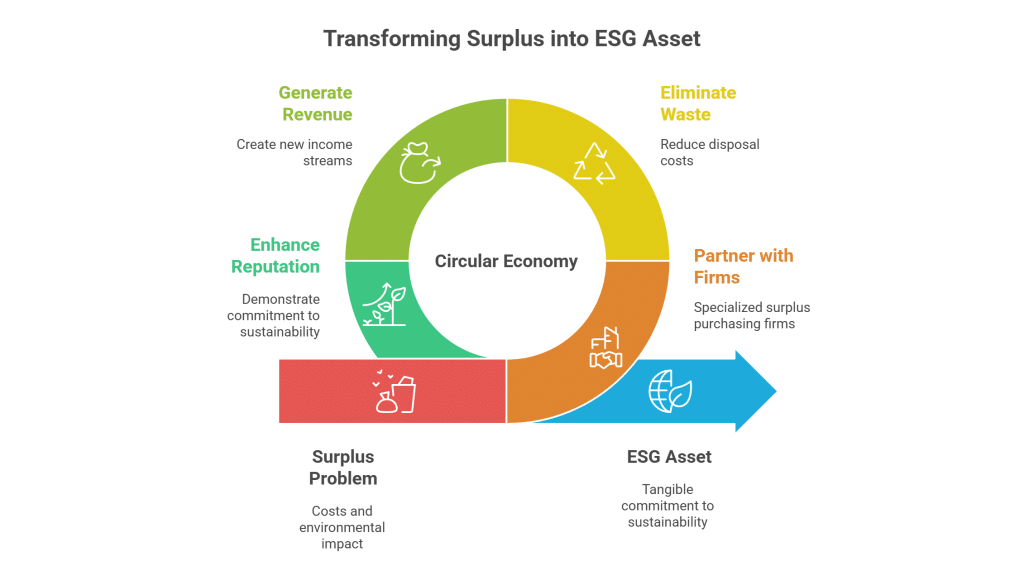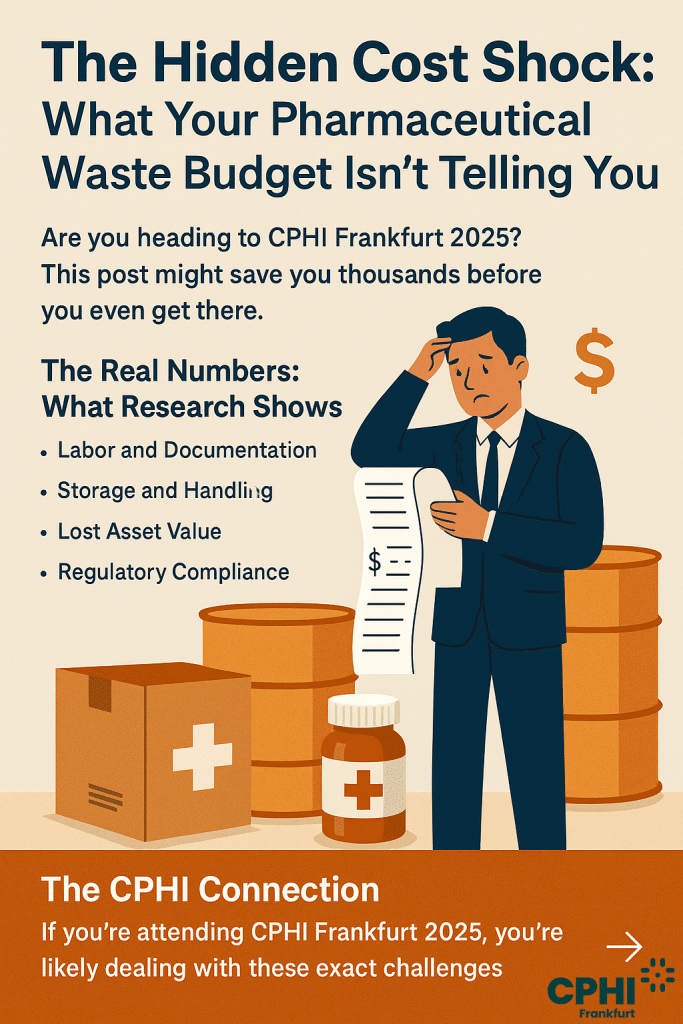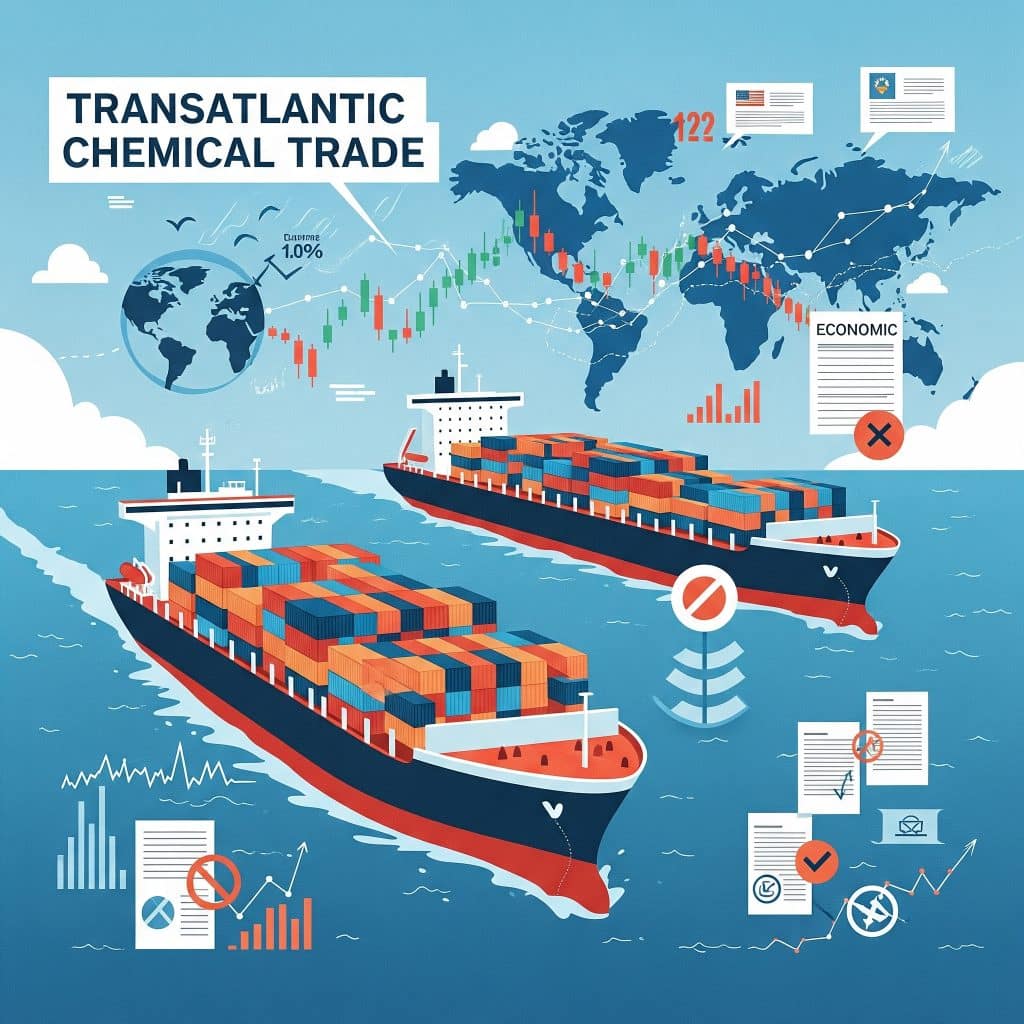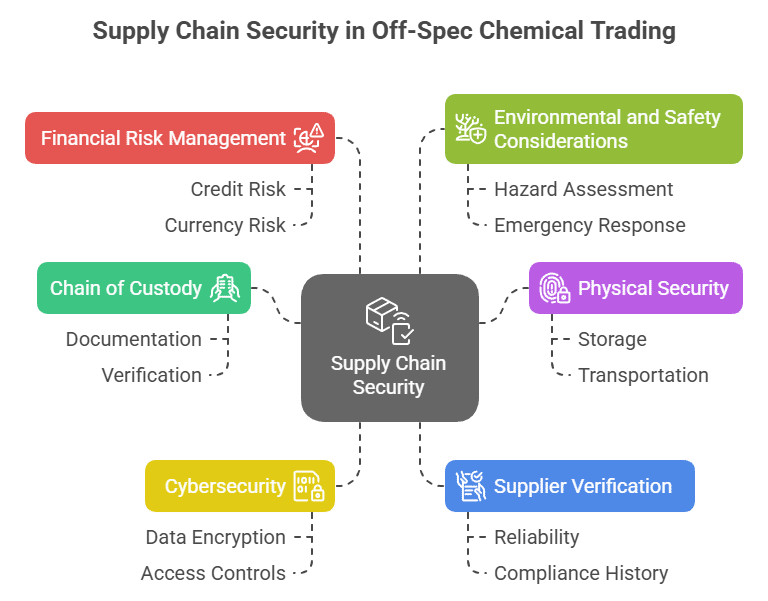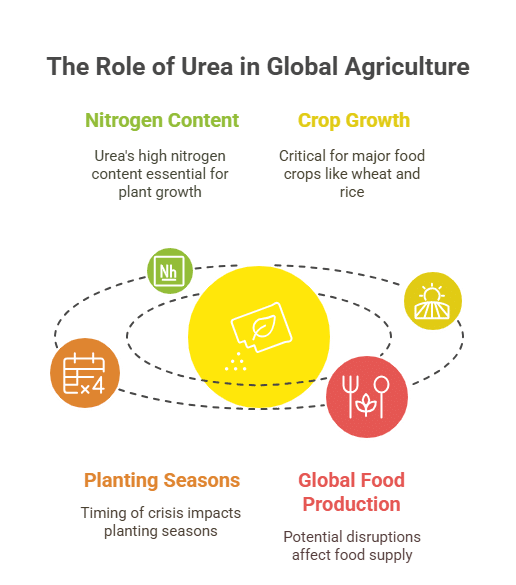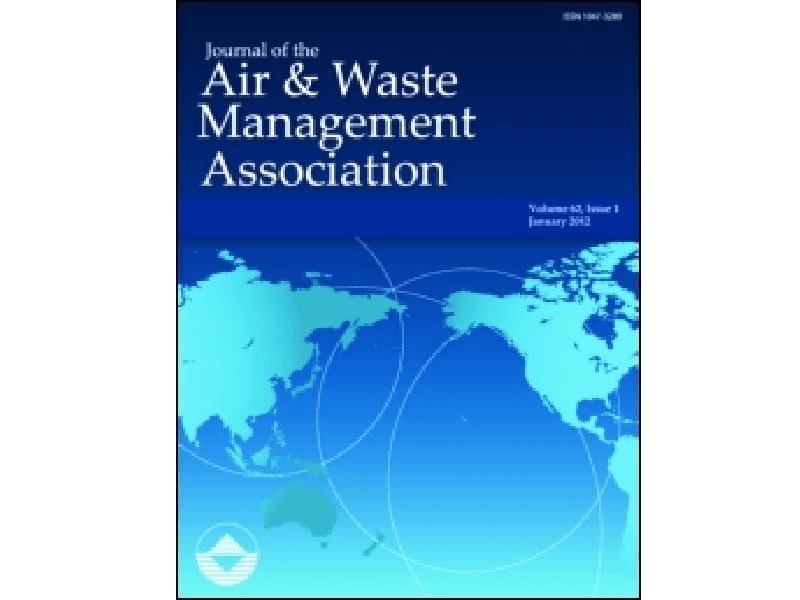Cyclodextrin Surplus Opportunities in the Food and Pharmaceutical Sectors
Cyclodextrin is a versatile specialty chemical, widely recognized for its role as an excipient in both food and pharmaceutical applications. With its unique molecular structure, it forms inclusion complexes that improve the solubility, stability, and bioavailability of various active molecules. Its effectiveness in enhancing flavors in food products and supporting drug formulation in pharma makes it a highly valued compound. Managing surplus cyclodextrin effectively can turn excess inventory into a profitable asset.
Buy and Sell Cyclodextrin Surplus for Food & Pharma Industries
Buying and selling surplus chemicals like cyclodextrin offers significant advantages for both buyers and sellers. Companies can recoup costs and free up valuable storage space by monetizing excess stocks, while buyers benefit from cost savings and reliable sourcing of a high-quality compound. This process not only supports sustainable practices by reducing waste and disposal expenses but also mitigates regulatory challenges associated with hazardous disposal. Instead of incurring steep disposal fees, businesses can transform their surplus into additional revenue.
Cyclodextrin Applications in Food & Pharma
For buyers, acquiring surplus cyclodextrin means accessing a cost-effective source of a key ingredient, which helps in reducing production costs and ensuring continuous supply. It also supports sustainable manufacturing practices by reusing excess resources.
For sellers, monetizing surplus cyclodextrin transforms storage challenges into revenue opportunities. It reduces disposal costs, frees up warehouse space, and aligns with eco-friendly practices by minimizing chemical waste.
Table of Contents
Successful Surplus Cyclodextrin Trade Transforms Inventory Challenges
A leading food manufacturer recently faced an overstock of cyclodextrin due to an unexpected production surplus. Rather than incurring high disposal costs and regulatory burdens, they opted to sell the excess inventory through a specialized chemical trading platform. A pharmaceutical firm acquired the surplus for use in improving drug formulation stability, resulting in mutual cost savings and enhanced operational efficiency. This successful transaction not only liberated valuable storage space but also underscored a sustainable approach to surplus chemical management, benefiting both sectors in a win-win scenario.


